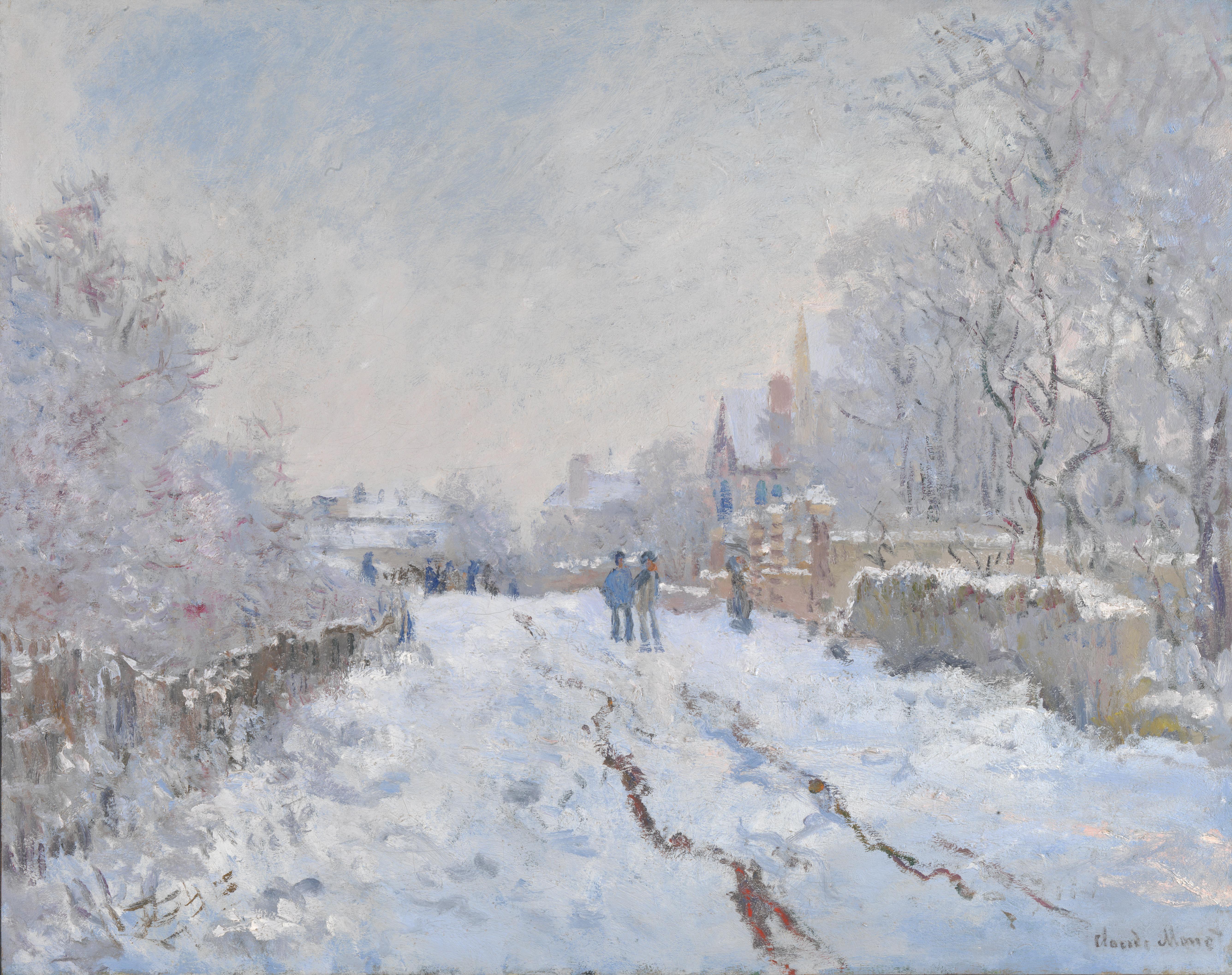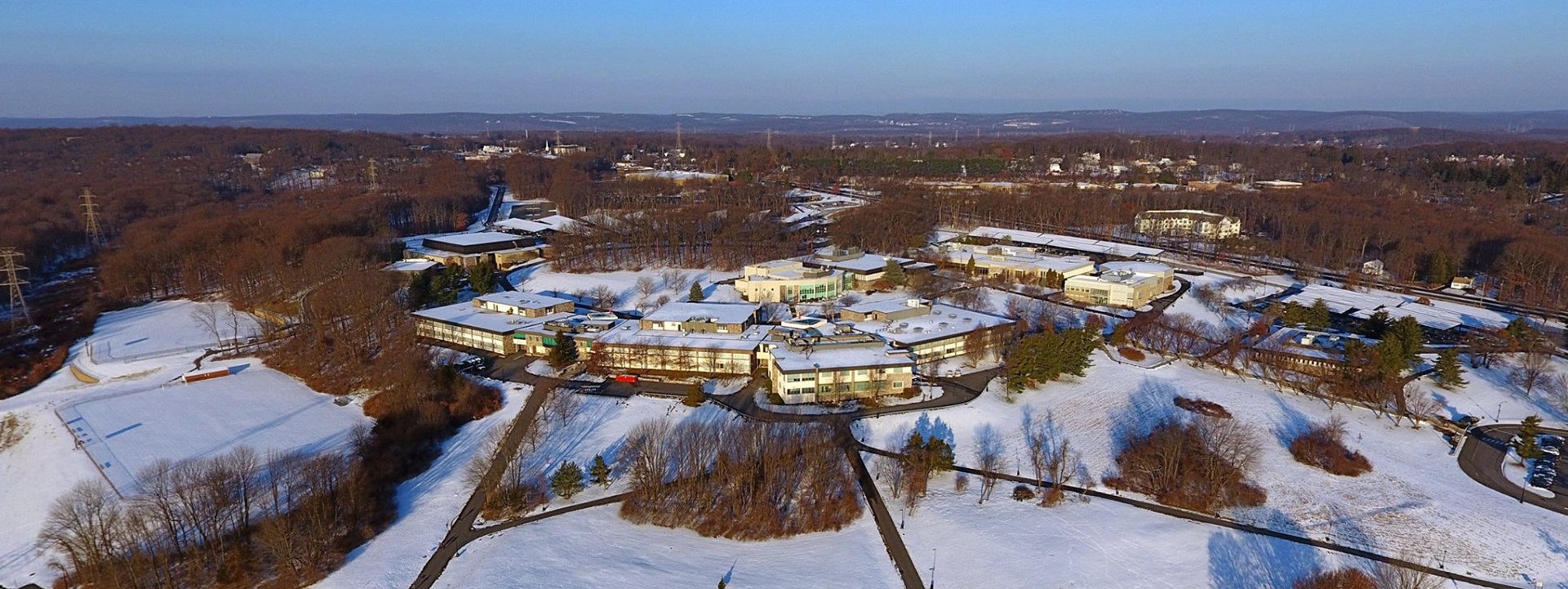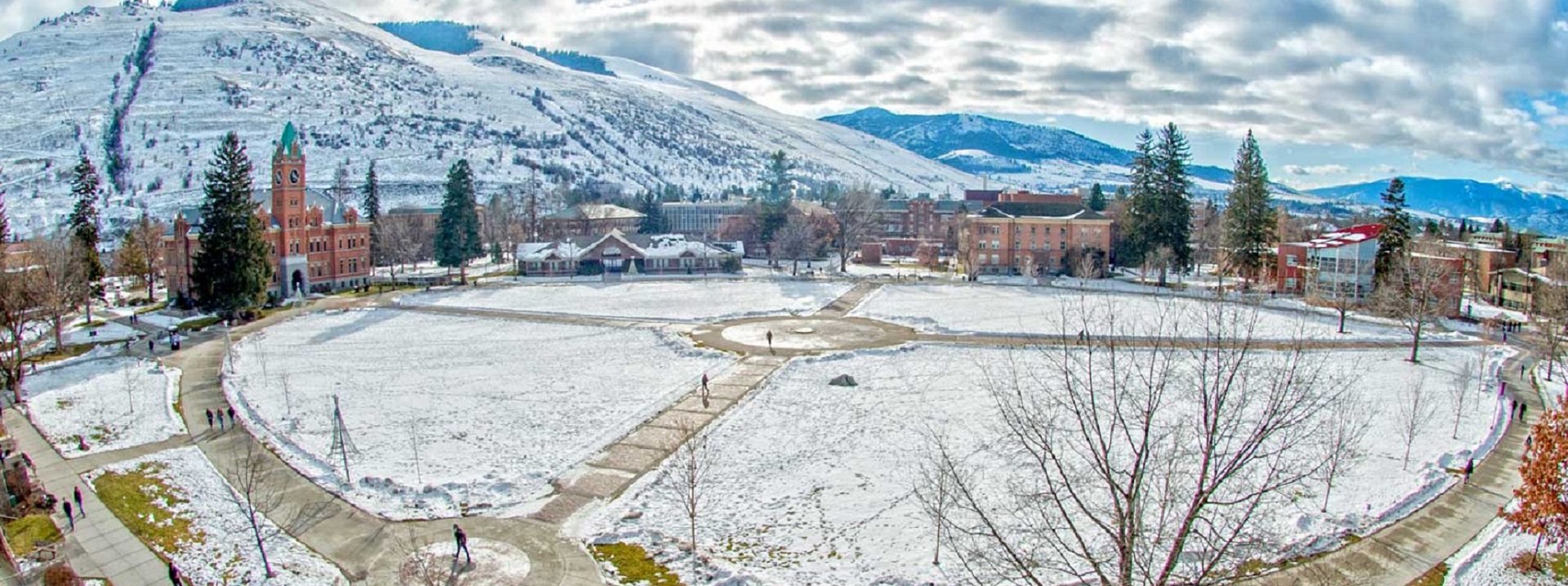Winter weather pipe-breaking and subsequent water flooding incidents on educational campuses around the world draw attention to Underwriters Laboratory product standard UL 515 Standard for Electrical Resistance Trace Heating for Commercial Applications which was last revised in July 2015. From the home page of UL 515: the scope is as follows:
(UL 515) requirements cover electrical resistance trace heating for commercial applications as applied to piping, vessels, traced tube bundles, and mechanical equipment. Trace heating includes heating panels and associated parts. This equipment is intended for installation in ordinary locations in accordance with the following installation guidelines:
- National Electrical Code, ANSI/NFPA 70, Article 427
- IEEE Standard for the Testing, Design, Installation, and Maintenance of Electrical Resistance Trace Heating for Commercial Applications, IEEE 515.1.
Trace heating covered by this Standard is intended for applications where it is exposed to weather, unless specific markings and instructions limit the applications.
Trace heating may be installed on metal or rigid plastic pipes. Unless specific recommendations are made for the plastic pipe material to be heated, plastic pipes are considered to have a maximum long-term thermal exposure limit of 50°C (122°F).
UL 515 is on a 5-year revision cycle; though comments on its improvement may be directed at any time to Julio Morales Julio.Morales@ul.com. A review of the Standards Technical Panel suggests that User-Interest input — quite possibly product success and failure information — would be welcomed.
In future posts, we will sort through the interdependency of related NFPA and ASTM standards on this technology
Issue: [18-10]
Category: Architectural, Electrical, Structural, Facility Asset Managemet
Contact: Mike Anthony, Jim Harvey, Richard Robben












